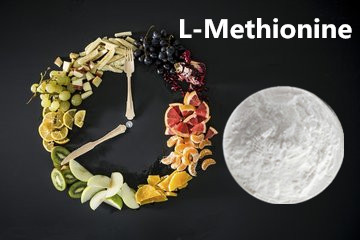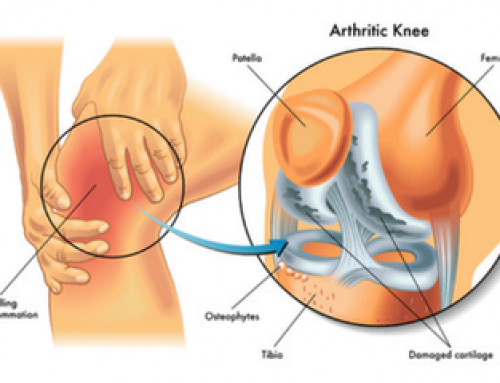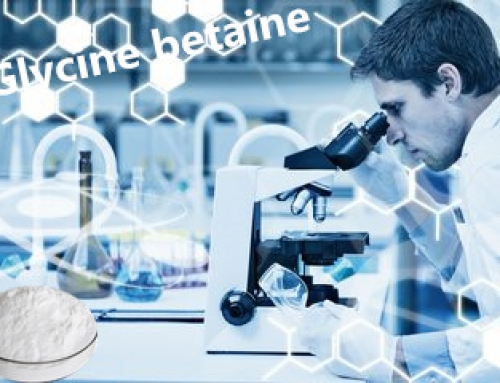L-Methionine Application:
- Nutritional supplements.
The physiological effect is the same as that of L-type methionine, but the price is low (L-form is obtained from DL-form), so it is generally used. It is a limiting amino acid in plant foods such as oatmeal, rye, rice, corn, wheat, peanut meal, soybean, potato, and spinach. Add to the above foods to improve amino acid balance. The amount required varies with cystine intake. The adult man needs 1.1g/d.
- L-Methionine can be used as a flavoring agent
- Still used for amino acid infusion, comprehensive amino acid preparation
L-Methionine Functions:
Anti-cirrhosis, fatty liver and various acute, chronic, viral, jaundice liver.
It can promote the methylation of phospholipids in hepatocyte membranes, enhance the fluidity of membranes, and enhance the pumping of Na and K-ATPases. It can reduce the accumulation of bile in hepatocytes and strengthen the transsulfurylation, thus enhancing the inner half of hepatocytes. The synthesis of cystine, glutathione and taurine reduces the accumulation of bile acids in the liver, enhances the understanding of toxic effects, facilitates the recovery of normal physiological functions of hepatocytes, and promotes the regression of jaundice and the recovery of liver function.
Myocardial protection
It increases the activity of glutathione peroxidase and superoxide dismutase by increasing the synthesis of cysteine and glutathione in the body, and its methylation increases the synthesis of endogenous phospholipids, thereby stabilizing the dissolution. The enzymatic membrane reduces the release of acid phosphatase, protects the mitochondria of cardiomyocytes from damage, and is particularly useful for myocardial damage caused by Keshan disease.
Antidepressant
The concentration of it in the blood of patients with depression is significantly reduced. Supplementation of exogenous it has a therapeutic effect on depression.
Hypotensive
The formation of taurine by methionine transfer has obvious antihypertensive effect.
Antivirus venom
It can prevent and treat toxic metal and non-metal damage to the human body.
It is converted into glutathione in the body by using the methyl group it carries, and it is detoxified by methylation of toxic substances or drugs. Therefore, It can be used to prevent liver diseases such as chronic or acute hepatitis and cirrhosis, and can also be used to alleviate the toxicity of harmful substances such as arsenic, chloroform, carbon tetrachloride, benzene, pyridine and quinoline. It is an important substance for preventing and treating heavy metal lead, cadmium and mercury damage to the body.
Human metabolism
It plays an important role in biosynthesis and metabolism in vivo. It is the most important methyl donor in the body. Many nitrogen-containing substances provide methyl groups such as creatine, pine nut, adrenaline, carnitine, myocardium, choline, and A in the biosynthesis. Histamine, methylamine, and the like. It is also extremely important in the processing of proteins and nucleic acids.








Leave A Comment